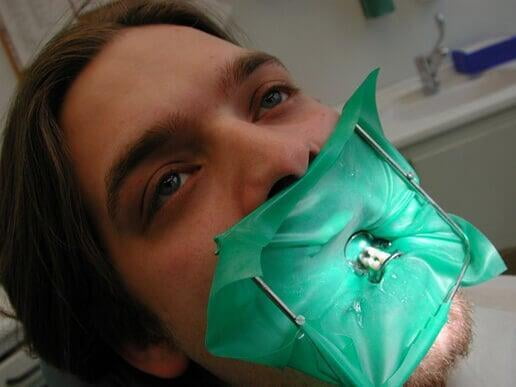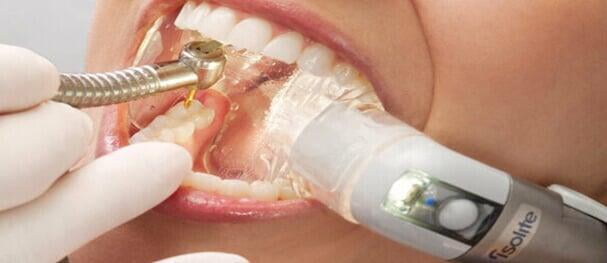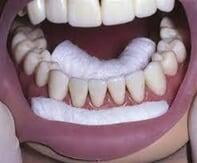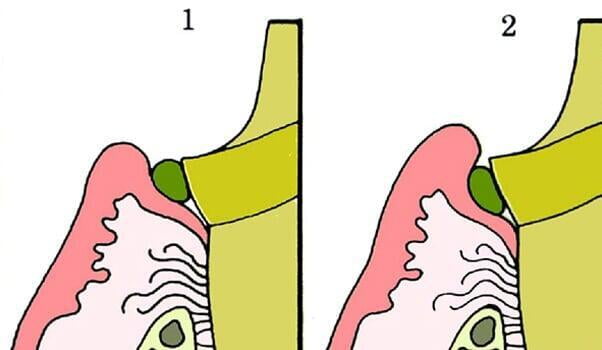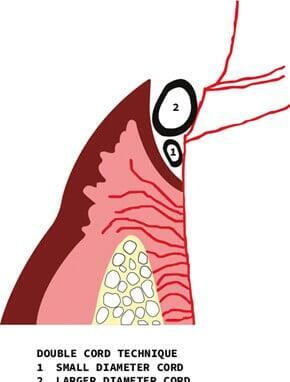Ensuring Precise and Effective Dental Procedures
In the field of dentistry, isolation techniques play a crucial role in ensuring successful and efficient dental procedures. By isolating the treatment area, dental professionals can maintain a clean and dry operating field, enhance patient comfort, and optimize the overall quality of dental care. In this blog post, we will explore various isolation techniques used in dentistry and highlight their importance in achieving accurate and reliable outcomes.
Rubber Dam Isolation :
Rubber Dam Isolation :
One of the most widely used isolation techniques in dentistry is the rubber dam. This thin, flexible sheet made of latex or non-latex material is placed around the tooth or teeth being treated. Rubber dam isolation offers several benefits.
1. Moisture control :
2. Contamination Prevention :
The rubber dam acts as a barrier, preventing the entry of bacteria, oral debris, and foreign objects into the treatment area, reducing the risk of infection.
Isolite System :
The Isolite system is an advanced isolation technique that combines light, suction, and retraction into a single device. This system offers several advantages:
1. Illumination :
2. Continuous Suction :
3. Patient Comfort :
Cotton Roll Isolation :
Cotton roll isolation is a simple and cost-effective technique that is commonly used in dentistry. It involves placing cotton rolls around the tooth or teeth being treated to achieve isolation. Key benefits of cotton roll isolation include:
1. Moisture Absorbtion :
Retraction Cords
In certain dental procedures, such as crown preparations or taking impressions for fixed prosthetics, achieving adequate gingival displacement is crucial for accurate results. Retraction cords are commonly used to gently push and displace the gingival tissues, creating space for the impression material. Here, we will explore different retraction cord methods and techniques for effective packing during impressions.
Single Cord Technique :
The single cord technique involves placing a single retraction cord in the gingival crevice around the tooth. This method is suitable for cases where minimal gingival displacement is required. Here's a step-by-step guide on packing retraction cords using the single cord technique:
- Select an appropriately sized retraction cord based on the gingival sulcus depth and the tooth being treated.
- Dry the tooth and surrounding area thoroughly to ensure optimal adhesion.
- Apply a haemostatic agent if needed to control bleeding and improve visibility.
- Carefully pack the retraction cord into the gingival crevice using a cord-packing instrument, ensuring it remains in place but does not impinge on the soft tissues excessively.
- Once the cord is securely placed, proceed with the impression process as instructed by the specific impression material being used.
Double Cord Technique
The double cord technique involves using two retraction cords to achieve greater displacement of the gingival tissues. This technique is particularly useful in cases where a more extensive impression is required. Here's a brief overview of the double cord technique:
- Select two appropriately sized retraction cords, typically of different diameters (e.g., a thicker cord followed by a thinner cord).
- Follow the same steps as the single cord technique to pack the first cord, ensuring it is snugly placed without causing discomfort to the patient.
- Place the second cord on top of the first cord, packing it in a similar manner, taking care not to displace the first cord.
- Ensure both cords are well-seated in the gingival sulcus while maintaining patient comfort.
- Proceed with the impression procedure as recommended for the specific impression material being used.
Note on Packing Retraction Cords :
When packing retraction cords, it is essential to exercise caution to avoid causing trauma or discomfort to the patient. The cords should be packed gently, ensuring they do not extend beyond the gingival margin or impinge excessively on the soft tissues. Additionally, selecting the appropriate cord diameter and using proper cord-packing instruments can contribute to successful results. Dental professionals should follow manufacturer guidelines and consult with experienced colleagues or dental educators for guidance on specific retraction cord materials and techniques.
Remember, the goal of packing retraction cords during impressions is to achieve adequate gingival displacement while maintaining patient comfort. Properly packed retraction cords help create accurate impressions, facilitating precise prosthetic fits and optimal treatment outcomes.
Benefits of Isolation Techniques: Isolation techniques offer several advantages for both the dentist and the patient
1. Enhanced infection control :
2. Improved treatment outcomes :
3. Reduced treatment time :
4. Patient Comfort :
Conclusion :
Isolation techniques are essential in dentistry to ensure accurate and successful dental procedures. Rubber dam isolation, the Isolite system, and cotton roll isolation are just a few examples of techniques that dental professionals employ to create a clean and controlled operating field. By utilizing these techniques, dentists can enhance patient comfort, optimize visibility, and achieve reliable treatment outcomes. Remember, effective isolation techniques are fundamental in delivering quality dental care and improving the overall patient experience.


